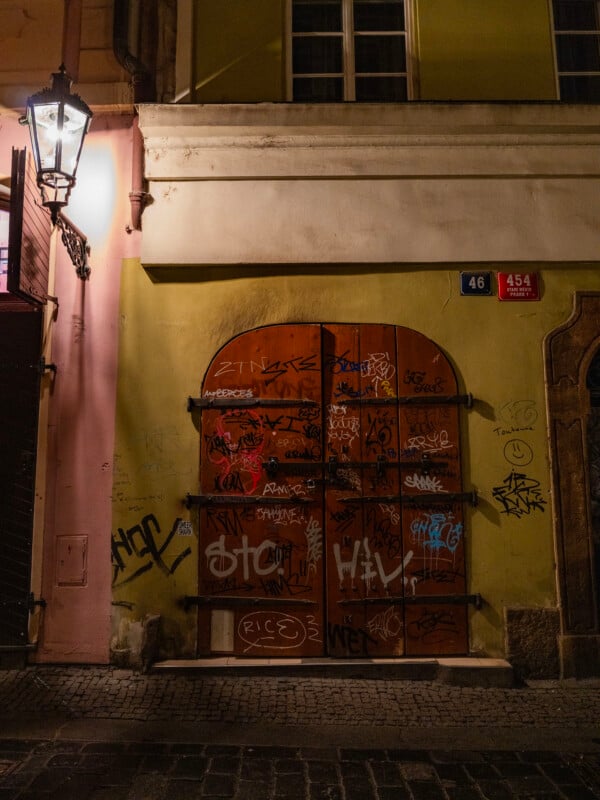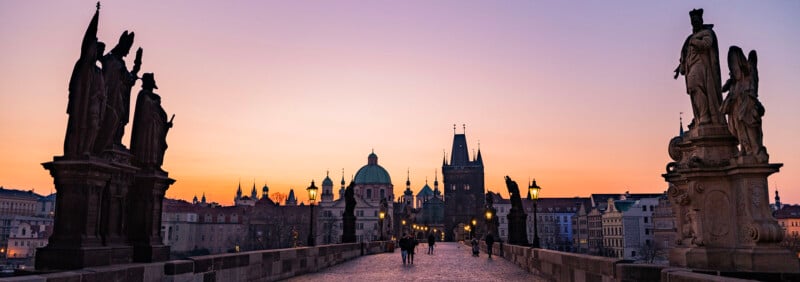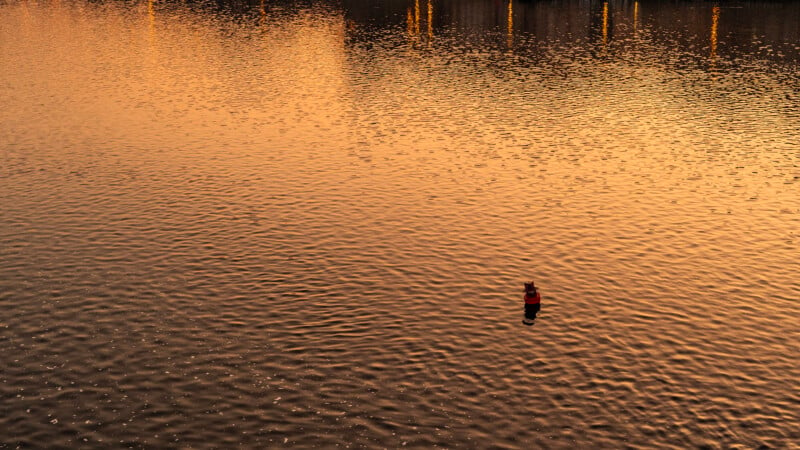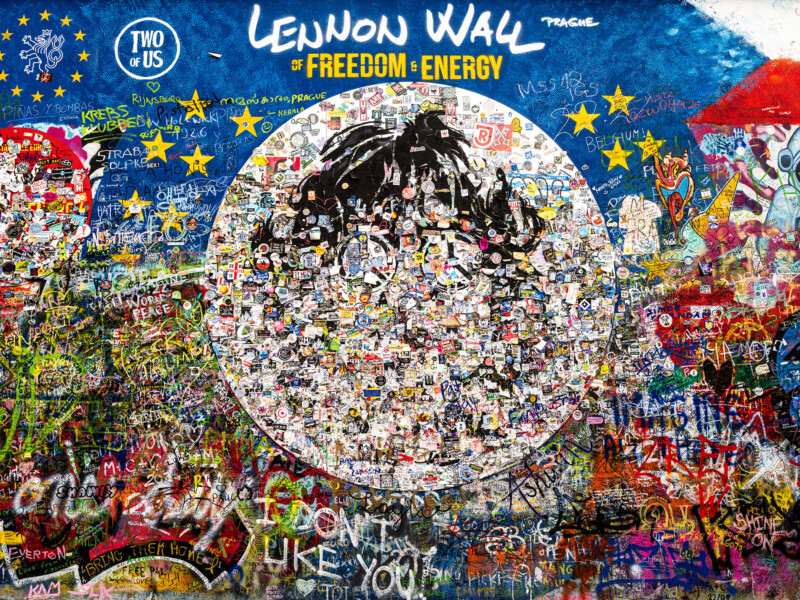It’s Crazy How Sharp the Fujifilm GFX100RF Lens Is
![]()
Last week, Chris Niccolls and I were in Prague for the launch of the Fujifilm GFX100RF. While he spent the majority of our time with the new camera while I filmed his thoughts, I did enjoy several hours with it snapping photos of my own. Looking over them now, I can’t help but be shocked at how sharp the lens is.

Luckily, the sensor can handle it. I had no problem shooting at high ISOs to get my shutter speed up to at least 1/30 second (my personal baseline for achieving sharp images without the assistance of stabilization). I know my limits, although I will say the leaf shutter has such a light touch that I was able to get more tack-sharp images at these lower shutter speeds than would be typical for me.

I won’t go too far into this rabbit hole but suffice it to say I was able to get photos that I really liked out of the GFX100RF by working around its minor limitations and leaning into that sensor. As impressive as the dynamic range is — and it is very impressive — I find myself more caught up in how good the 35mm f/4 lens is.
It’s astoundingly sharp.

I won’t pretend that the lens is “interesting” but it is at least incredibly performant for what I think the camera is designed for: landscape and cityscape photography. While character isn’t the strong suit of the 35mm f/4, flat, corner-to-corner sharpness is. Looking at this camera in my hand and seeing just how tiny this lens is makes the performance all the more mind-boggling. This thing is so thin and light and yet it is providing these results onto the very large sensor behind it. It’s deceptively complex.
![]()
I guess I should have expected good performance because Fujifilm did the same with the X100VI lens, but this one really blows me away because of the mix of compactness, sharpness, and the fact it has such a large image circle to project versus what the lens on the X100VI has to handle. This is a marvel of engineering that is, I feel, getting lost in the discussion of f/4 and lack of IBIS.
Looking at some of my photos, there isn’t an area of the frame that isn’t perfectly rendered. For example, this photo I took of the Lennon Wall in Prague (hand-held), is absurdly sharp.


I do want to make sure to point out that while Fujifilm’s optical design is very impressive, it’s not doing all the work. Some digital corrections are being applied and they remove some vignetting and a decent amount of barrel distortion. Below is a second shot of the wall (unedited) with and without corrections applied so you can see the difference.
![]()
![]()
Side note: if you want to take a look at this file yourself at full resolution, you can download it from our Sample Galleries page (available to PetaPixel Members).
There is a noticeable amount of information around the corners that is being cropped out to achieve the flat, sharp look of the final images. Luckily, you wouldn’t really ever see these areas when you’re composing a shot, so it’s not like you’re throwing away pieces of information you thought were in frame. When looking through the viewfinder, these corrections are already applied. These types of corrections are quite frankly common these days and if I have to accept them as a compromise to getting a super compact lens on the GFX100RF, it’s a compromise I would make every time.

The photos I shot on the GFX100RF astonish me with their clarity. If that’s the kind of photo you’re looking to capture, then this camera is going to deliver. If you’re more attuned to rich bokeh or a lens that delivers unusual character, that’s a different story. I think the 28mm equivalent focal length has something to do with that since I didn’t find myself wanting to get very close to subjects very often with this wide frame of view.
![]()
I understand that there are many photographers who are disappointed with Fujifilm’s GFX100RF because it doesn’t have everything they want to see in a camera like this, but I also want to make sure to balance those opinions against what I believe is objectively inarguable: the optics on this camera are stunning. Together with that massive sensor, you can make some really breathtaking photos. This might not be the camera for you, but for the folks who want a compact travel camera and value dynamic range and image clarity above all else, I’m hard-pressed to think of a better option.
Image credits: PetaPixel